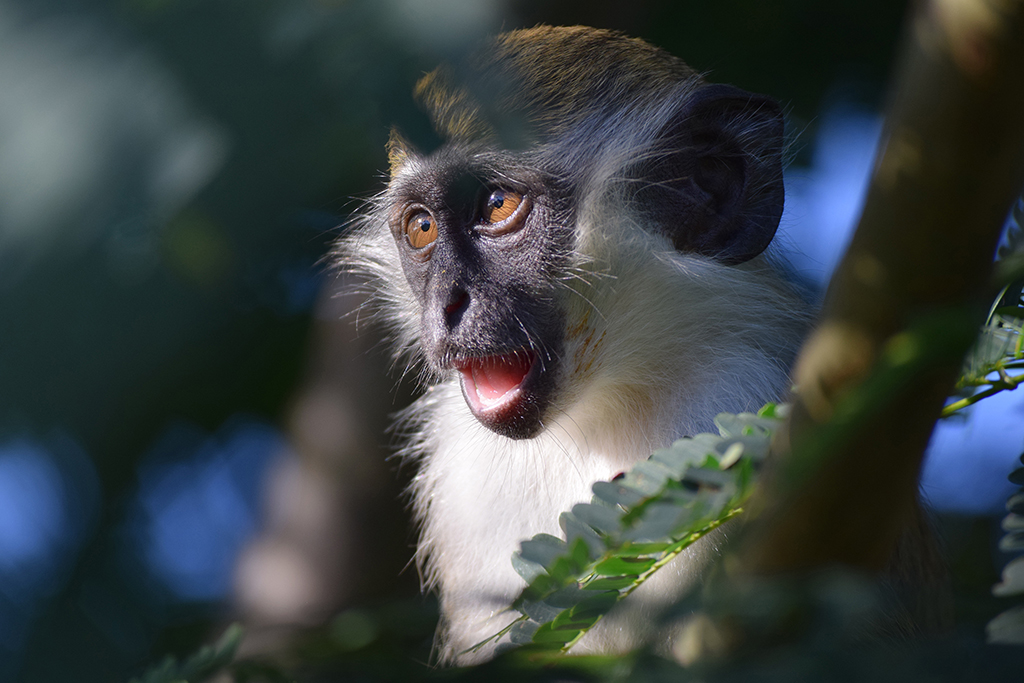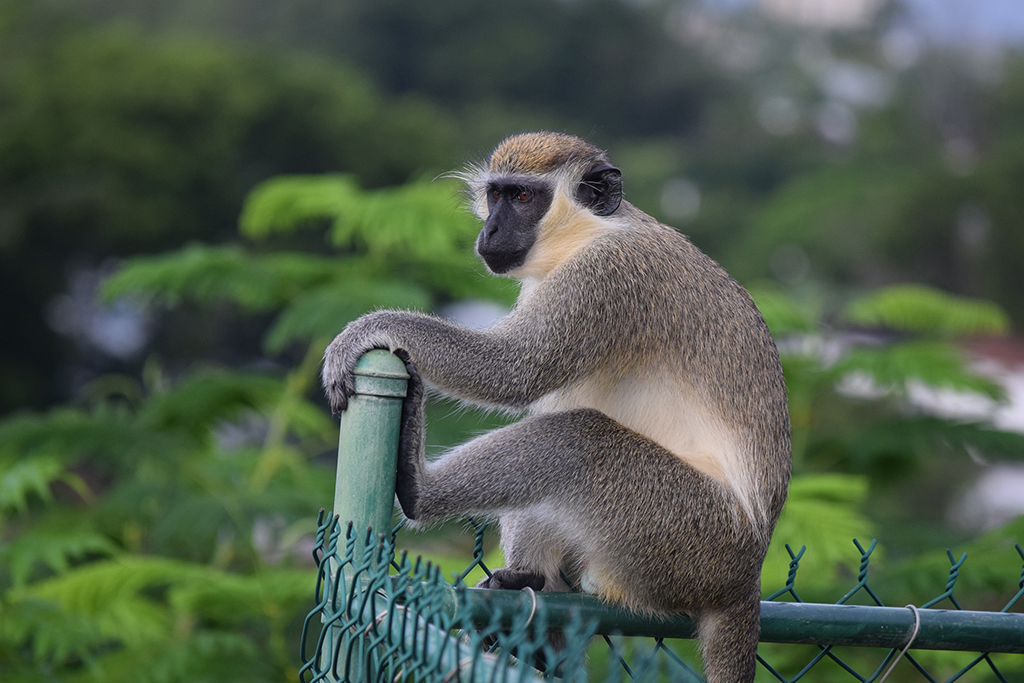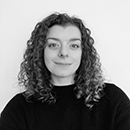Our emerging photographer series aims to shed a light on up-and-coming talent. Photographers are offered a platform to share their work with a wider audience through the AP channels, with the scope of furthering their careers. We also get an insight into their inspirations, the camera gear used and future aspirations, as well as the journey taken into photography – which doesn’t have to be the most traditional route!
Si Jubb and Ethan Parker, who won our Emerging Photographer of the Year award at this year’s AP Awards, recently spoke at our Festival of Photography: Documentary event. Previous emerging photographer award winners include Aliz Kovacs-Zoldi and Tariq Sadu. We’ll regularly be sharing the work of photographers on our website and social media – and even in the magazine – so if you are an someone who has recently started their photography journey or are a student/graduate, share your work with us at ap.ed@kelsey.co.uk
Cheyenne Hall speaks with Jessica Miller for this week’s feature
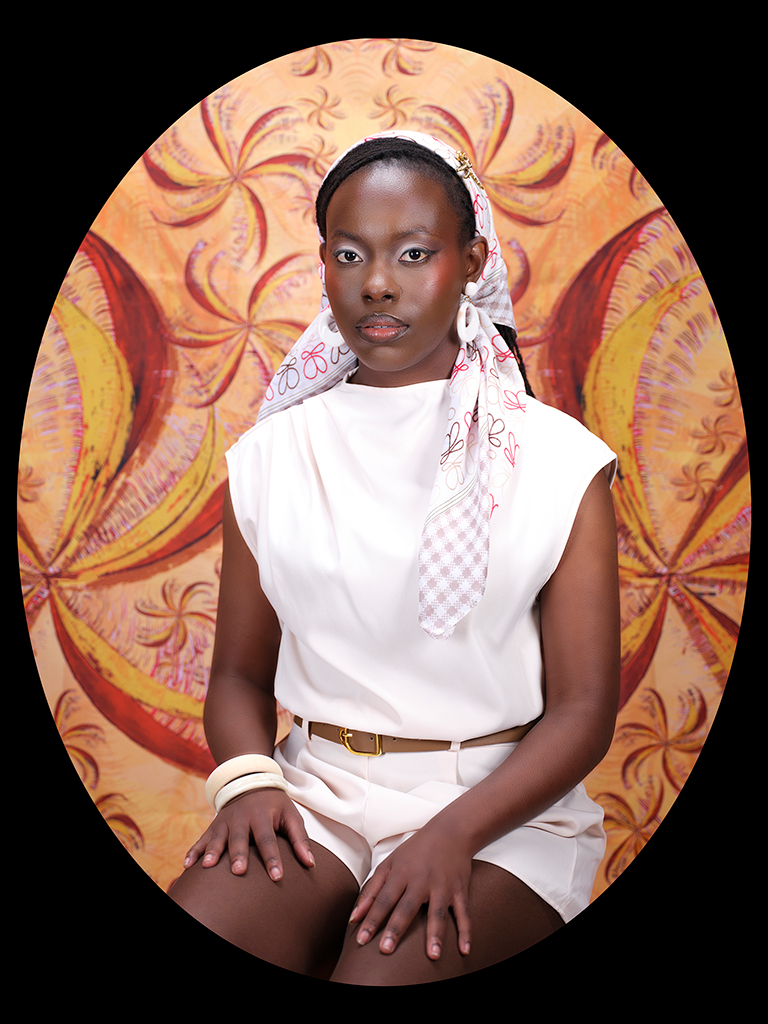
When and why did you start taking photographs?
I started taking photos with my father’s camera when I was 12 years old. I would take photos and put the camera back in the bag. I didn’t think much about what I was doing or why, but my father saw something I didn’t at the time. Honestly, looking back, I don’t know how I just put the camera down and went back to my homework, as if I hadn’t taken a great photo.
After he recognised my talents, he encouraged me to start my own business and enter the National Independence Festival of Creative Arts (NIFCA) in Barbados with my photography.
In 2018, I entered NIFCA for the first time, where I won a silver and a bronze medal. In 2019, I won bronze, silver, as well as the only gold in the photography category, and multiple awards, including the Training Award, Most Promising School/Individual Child Participant, Barbados Photographic Society (BPS) Junior Lens Award, and the NIFCA Reproduction Award.
In 2017, I started and registered my own business, Timeless Treasures, where I made personalised clocks and sold my wildlife images on canvas prints. I launched my business through the $20 Challenge in Barbados, where I came second in the Marketplace, winning Excellence in Marketing Strategy & Sustainability and Most Market-Ready Business. This helped me expand my business, and I started taking portraits of graduates from primary school, selling my clocks in bulk, and sponsoring other events for prizes.
Which genre do you tend to work mostly in?
I take wildlife and nature images in my personal time, which is what I’m known for in Barbados, but while I’ve been studying in the UK, I’ve pivoted more towards fashion editorial and contemporary portraits.
What draws you towards your favoured genres?
With nature and wildlife photography, there’s a familiarity and ease when taking the photos. Growing up in the Caribbean, the natural environment and wildlife constantly surrounded me, but since studying in the UK, I have developed a new interest in contemporary portraits and a passion for being a creative director. Although it requires a lot more effort, I find it extremely rewarding and see myself branching out further.
Tell us a little bit more about your photographic training (if any)?
I recently completed my BA (Hons) in Photography at Birmingham City University with a first-class degree. Although I was offered unconditional acceptances from various universities, such as the University of the Arts London and Coventry University, I knew from attending an open day at BCU that was the course I wanted to enrol in.
The various facilities available to students are like no other. Not just facilities directed at photography students, but I was also able to access equipment from other departments, such as Fashion & Textiles, Art & Design, and Film. However, what really stood out to me was the unity of the ADM Department (Faculty of Arts, Design and Media) and its staff. It really felt like a family, and the interactions between them were what sold me on it.
During the course, I was able to experiment with and learn about various photography genres, including film photography, experimental processes, and portraiture, as well as how to use industry-standard software like Adobe and Capture One. However, the main thing that I will carry with me is how to develop my ideas and make them tangible with the support of in-depth research. The course made me realise that I needed to engage more with the photography world and just how far behind I was, due to my comfort in my current bubble.
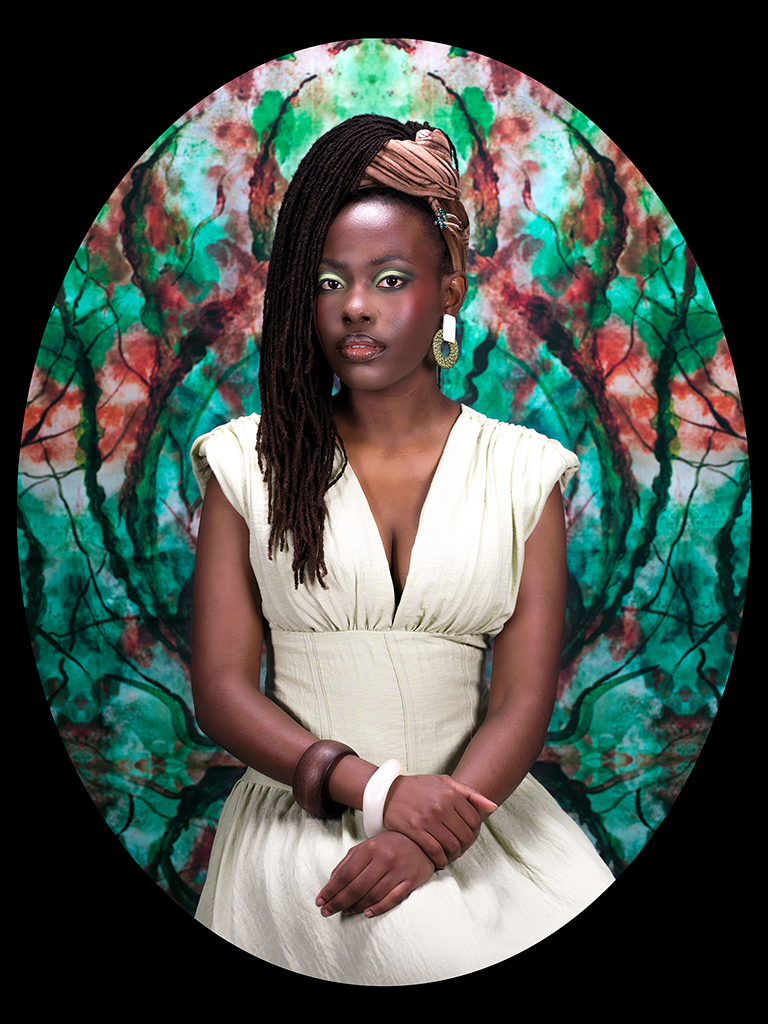
What has been your biggest photographic obstacle to date?
I created my latest series “Portraits of Pride” as part of my Final Major Project for my course, building upon my previous self-portrait, ‘PRIDE’.
The final module required me to produce an ambitious body of work that showcased my creative abilities and personal vision. I wrote and developed my project brief, playing the roles of creative director, photographer, and stylist.
The most challenging part was executing all my ideas while collaborating with other students to help bring my ideas to life. Creating mood boards, writing and collecting research, planning, organising, setting up, and post-production really took a toll on me, but I couldn’t be happier with the results.
It was all thanks to Moesha Hare (now a 2nd-year textile design student at BCU), who helped create the textiles I printed on the backdrops used in the portraits, and Danae Robinson, who applied all of the makeup looks. My fellow classmates, tutors, studio and printroom technicians, and especially my family supported and helped me push to complete the series, and I’m extremely grateful.
Portraits of Pride
This series of self-portraits tells the story of my island’s history, from the origin of its name (the Bearded Fig Tree), its food (the flying fish) and festivals (Crop Over) to the physical remnants of slavery (Windmills) and its people.
Each image is paired with customised textile backdrops, drawing inspiration from 1960s makeup and fashion, as well as West African studio portraits, to style and compose the series. Reflecting our national motto, “Pride & Industry”, I wanted to symbolise our pride in our culture and growth as a country.
Who are your biggest influences?
Animated films and my country, Barbados, definitely influence my work. I use a lot of colours and pay close attention to detail, often creating a story behind my projects.
Omar Victor Diop is a photographer I’ve been following for a while, and he was one of the main inspirations in creating my self-portrait series ‘Portraits of Pride’.
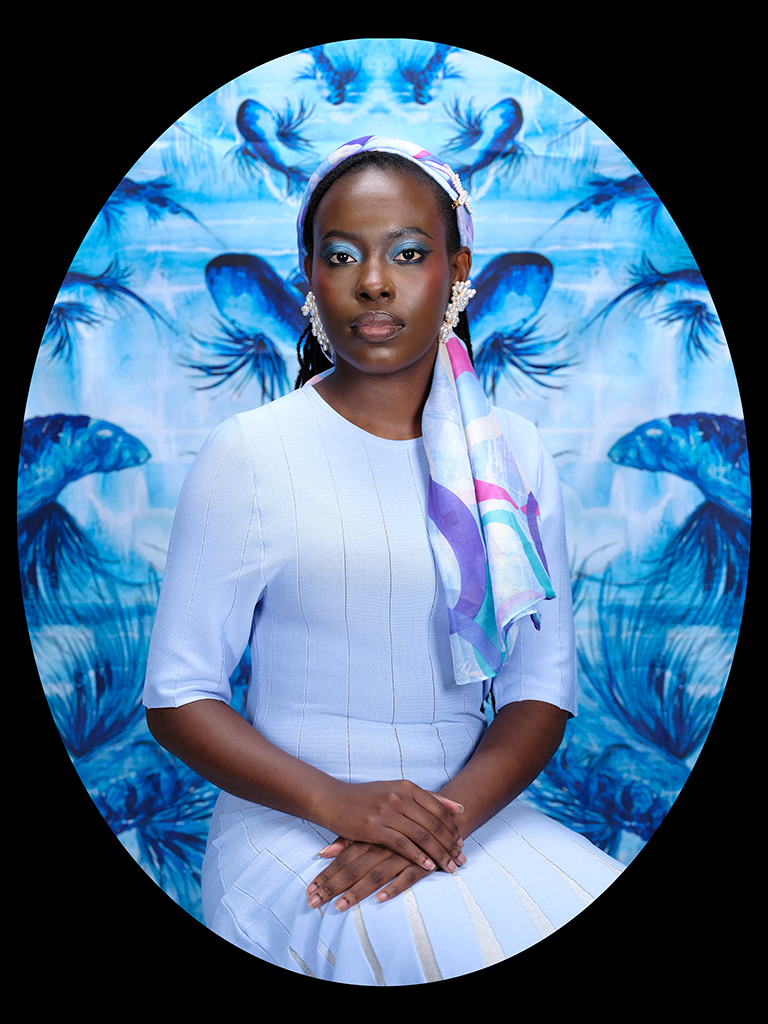
What equipment do you use, and what would be your dream equipment to work with?
I mainly use the Nikon D810 full-frame camera with a 24-70 mm f/2.8 and the 70-300mm f/4.5-5.6 lenses. When working in the studios at university, I use the Fujifilm GFX50S II, which is available on campus with the 35-70mm f/4.5-5.6 lens. It’s been a dream to use this camera paired with Capture One, and I’ll definitely miss using it now that I’ve graduated.
What has been the highlight of your photography career so far?
Since moving to the UK I’ve had many highpoints in my photography career like being a finalist in the Young Travel Photographer of the Year 2020 but being highlighted as a finalist in the AOP Student Awards 2024 in The Times (Rising stars of British photography earn their stripes) and being selected for a second time this year while having the opportunity to exhibit my work at Free Range in London has been absolutely amazing.
Now, being featured in Amateur Photographer as an Emerging Photographer, I couldn’t ask for a better start to the next chapter in my photography journey.
What are your hopes for your photography career in the future?
I can see myself travelling between Barbados and the UK. I plan to start a business in Barbados where I can sell my wildlife and nature images of the island to hotels, restaurants and local businesses as large display prints and postcards. I plan to continue working as a contemporary portrait photographer and creative director, and will continue my self-portraits and specifically curated portraits of others.

Do you have a dream assignment?
I would love to assist or lead in a larger-scale editorial photoshoot for a brand.
Other than that, I’m currently focusing on completing my Master’s in Visual Communication at Birmingham City University and hope to develop my creative directing skills.
What piece of advice would you give to other aspiring photographers, particularly those currently embarking, or about to embark, on a photographic course?
My advice would be to experiment, embrace critiques and understand history and context.
Definitely use the time in the course as an opportunity to explore various techniques and styles of image making. It will help to discover your voice, and embracing critiques from your tutors and peers is valuable. I learnt the difference between helpful advice and personal preferences. I used that feedback to help refine my work, and studying photography history definitely helped me find where my work fits in the broader discussion.
Instagram: @timelessphotos.uk
More reading:


